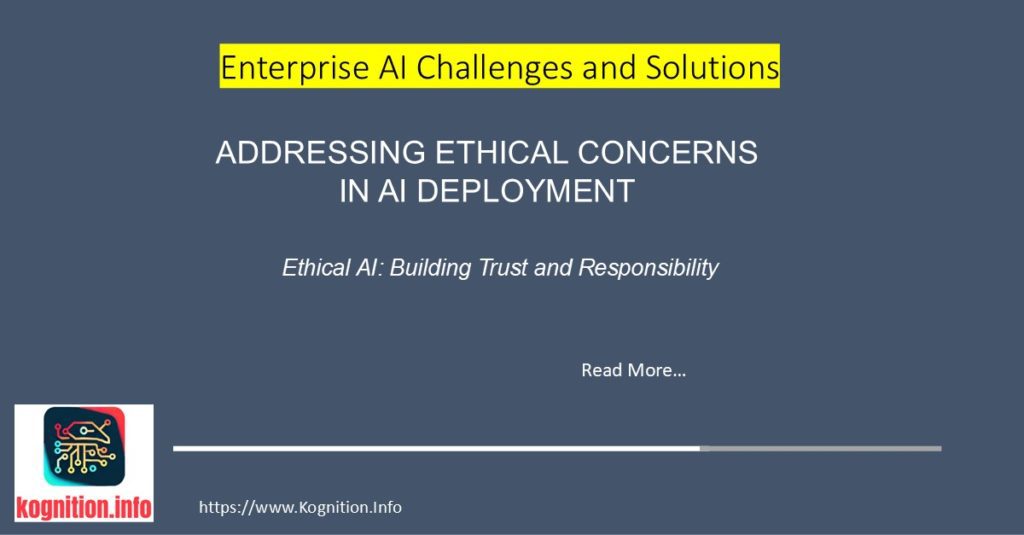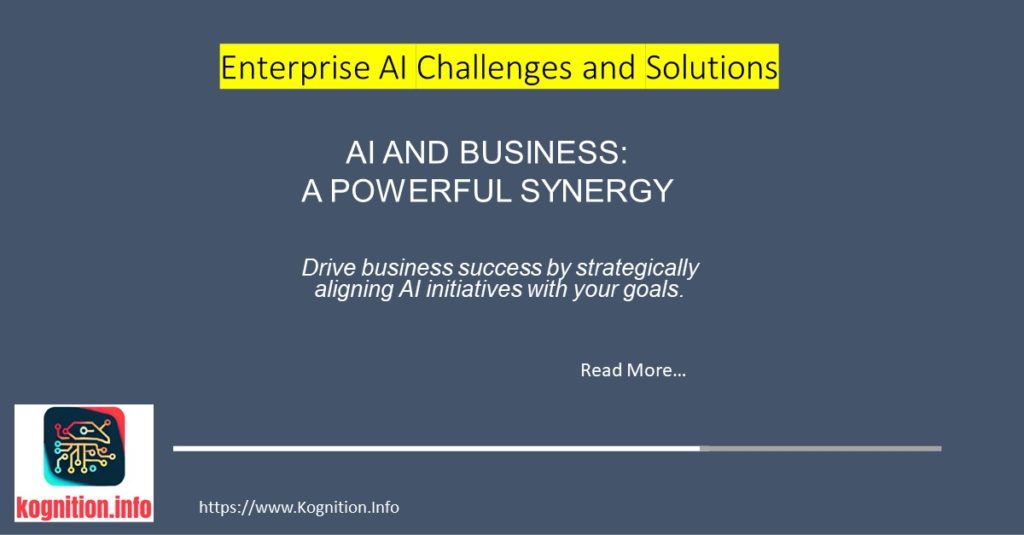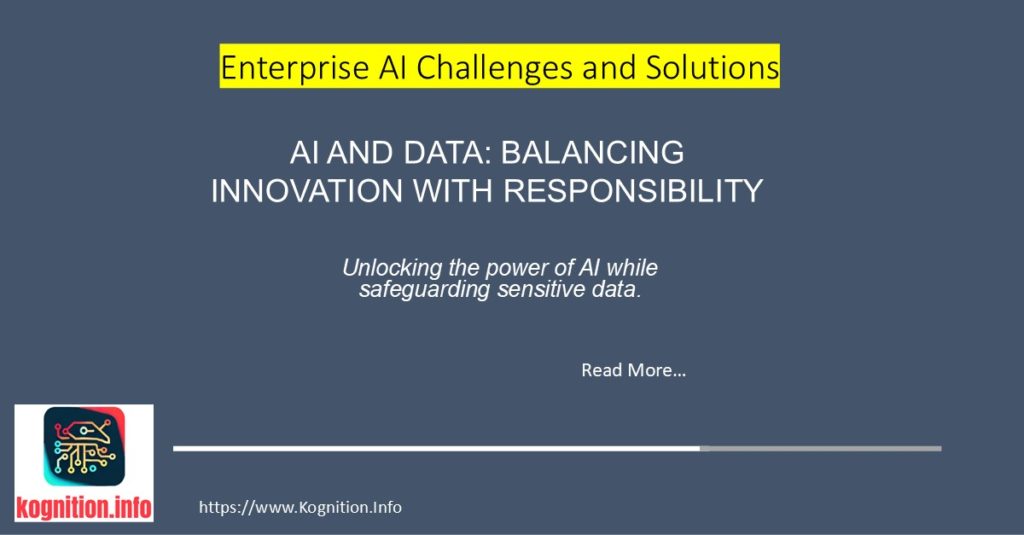The AI-Savvy Leader Leaders who understand AI don’t just predict the future—they create it. As artificial intelligence transforms every industry, a new leadership imperative has emerged: the ability to effectively guide organizations through AI-driven change. This capability gap represents one of the most significant barriers to realizing value from AI investments, as traditional leadership approaches…



